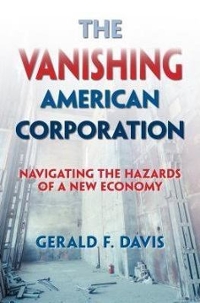Question
Two oligarchs, A and B had an argument about the money they earned, K billion US dollars. In order to solve the problem, they went
Two oligarchs, A and B had an argument about the money they "earned", K billion US dollars. In order to solve the problem, they went to a court. Instead of using a court in city L (which was a common practice), they opted for a court in city M. A justice system of city M is famous for its transparency: a judge collects "contributions" from both parties. The party which made the largest "contribution" wins the case, another looses, "contributions" are not returned. In case of a tie, the judge flips a coin.
1. Formulate this situation as a strategic game
2. Show that there is no pure strategy equilibrium













Step by Step Solution
There are 3 Steps involved in it
Step: 1

Get Instant Access to Expert-Tailored Solutions
See step-by-step solutions with expert insights and AI powered tools for academic success
Step: 2

Step: 3

Ace Your Homework with AI
Get the answers you need in no time with our AI-driven, step-by-step assistance
Get Started


